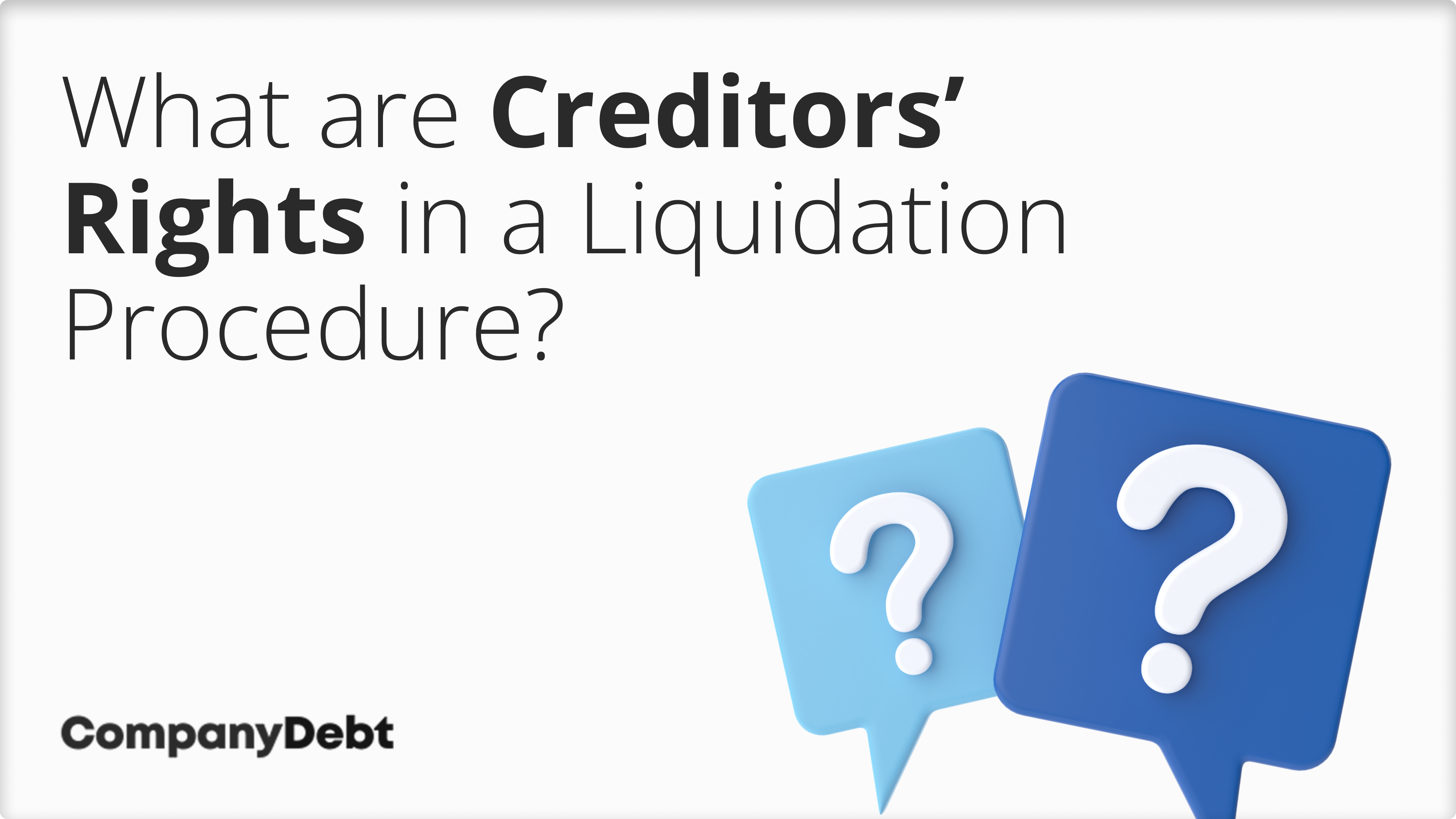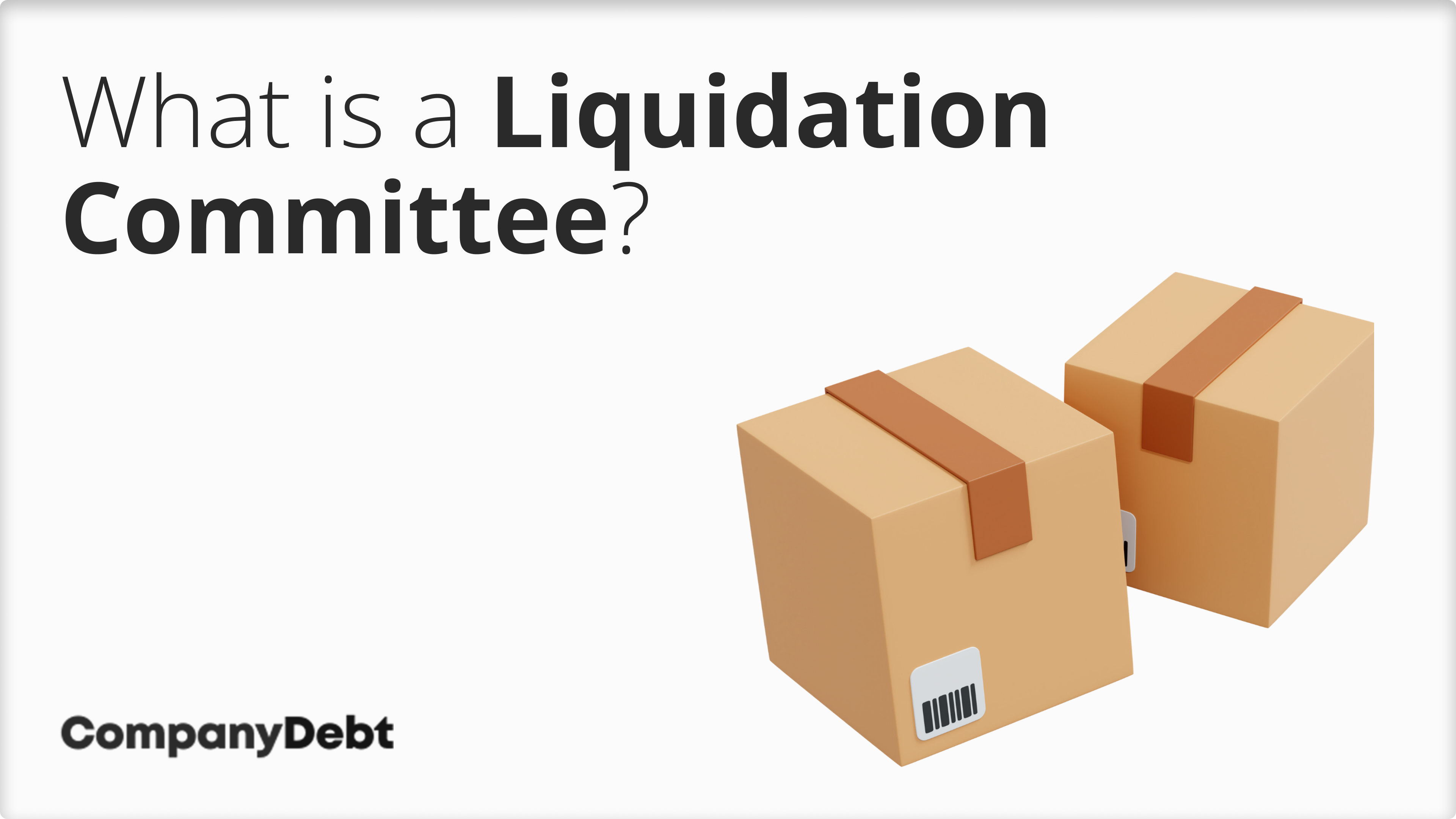
What is a Liquidation Committee?
A Liquidation Committee is a small representative group of company creditors appointed during the liquidation process of a company.
Its main role is to represent the interests of all creditors and oversee the liquidation process to ensure it is conducted fairly and efficiently.
The committee advises the liquidator, who is responsible for selling the company’s assets, distributing the proceeds to creditors, and concluding the company’s affairs.
The Liquidation Committee can also approve the liquidator’s fees, receive reports on the liquidation’s progress, and authorise certain actions by the liquidator.
A liquidation committee, consisting of at least three and no more than five creditors of a limited company and very occasionally shareholders if the situation warrants, is necessary both in a creditors’ voluntary liquidation and in a compulsory liquidation.

Why Set Up a Liquidation Committee?
Setting up a Liquidation Committee allows creditors to have a say in key decisions, including the approval of the liquidator’s fees.
Moreover, the committee helps facilitate communication between the liquidator and the creditors, providing regular updates and insights into the progress of the insolvency procedure. This involvement helps maintain a level of trust and confidence among creditors that the liquidation is being handled with their best interests in mind.
Establishment of the Liquidation Committee
A liquidation committee is entitled to act only if the liquidator has issued a certificate of constitution and only if a minimum of three creditors has agreed to act. The committee is established at the first general creditors meeting unless the creditors’ voluntary liquidation is following an administration, in which case the existing committee will suffice.
What are the Requirements for Membership of a Liquidation Committee?
Creditors who wish to be a part of the liquidation committee must
- have an unsecured debt (those whose debt is fully secured are precluded)
- have officially lodged a proof of debt
- the creditor’s proof must not have been disavowed for voting purposes nor rejected for the purposes of distribution of dividend
- be willing to act as a member of the Committee
In addition, no member of the creditors’ committee may be an undischarged bankrupt nor subject to bankruptcy restrictions, a body corporate, or a disqualified director.
Key Roles of the Liquidation Committee
Agree on the Remuneration of the Liquidator
One of the liquidation committee’s primary responsibilities is to negotiate and agree on the remuneration of the insolvency practitioner (IP) or liquidator. Early in the liquidation process, the committee engages in discussions to determine whether the liquidator will be compensated through a fixed fee or on an hourly rate basis. This decision is crucial as it directly impacts the funds available for distribution to creditors.
Should the insolvency practitioner find the initially agreed fees insufficient for the scope of work required, they have the right to request an increase from the Liquidation Committee. In instances where agreement cannot be reached, the IP may appeal to the court to decide on the matter.
A Sounding Board for the Insolvency Practitioner
Another key function of the liquidation committee is to act as a general sounding board for the liquidator, in both understanding what has befallen the company and weighing up the views of those concerned.
The relationship between the liquidation committee and the liquidator is a close one, in that the liquidator has a legal duty to report to the committee all such matters as appear to him important, with respect to the liquidation.
The Liquidation Committee in a CVL
No more than five creditors are permitted on the liquidation committee of the CVL, but in this situation, shareholders are entitled to a further five members if they wish. Creditors, however, have the right to exclude any of the shareholder’s nominees unless specifically directed by a court.
How Does the Liquidation Committee Vote?
Each member of the liquidation committee is granted a single vote,, and a resolution is passed based on a majority of these votes. To ensure accuracy and accountability, detailed minutes of all liquidation committee meetings must be meticulously recorded and subsequently signed by the chairman.
Do Members Receive Remuneration?
Creditors who are members of a liquidation committee are not paid since their presence on the committee facilitates their payment of what is due them. However, any reasonable travel expenses incurred by committee members are paid from the insolvent estate.
FAQs on Liquidation Committees
Can the composition of the Liquidation Committee change during the liquidation process?
Yes, the composition can change if a member resigns or if additional members are needed and meet the eligibility criteria. Changes are subject to approval by the existing committee or the creditors.
How is a deadlock in voting within the Liquidation Committee resolved?
In the event of a deadlock, the liquidator may have the deciding vote or the matter can be escalated to a creditors’ meeting for resolution, depending on the nature of the decision and the governing rules.
Can the decisions of the Liquidation Committee be challenged?
Yes, decisions can be challenged by creditors or other stakeholders if there are grounds to believe that the committee has not acted in the best interest of the creditors or has breached legal requirements.










